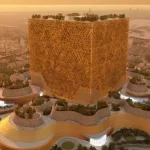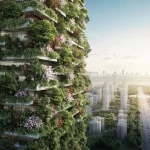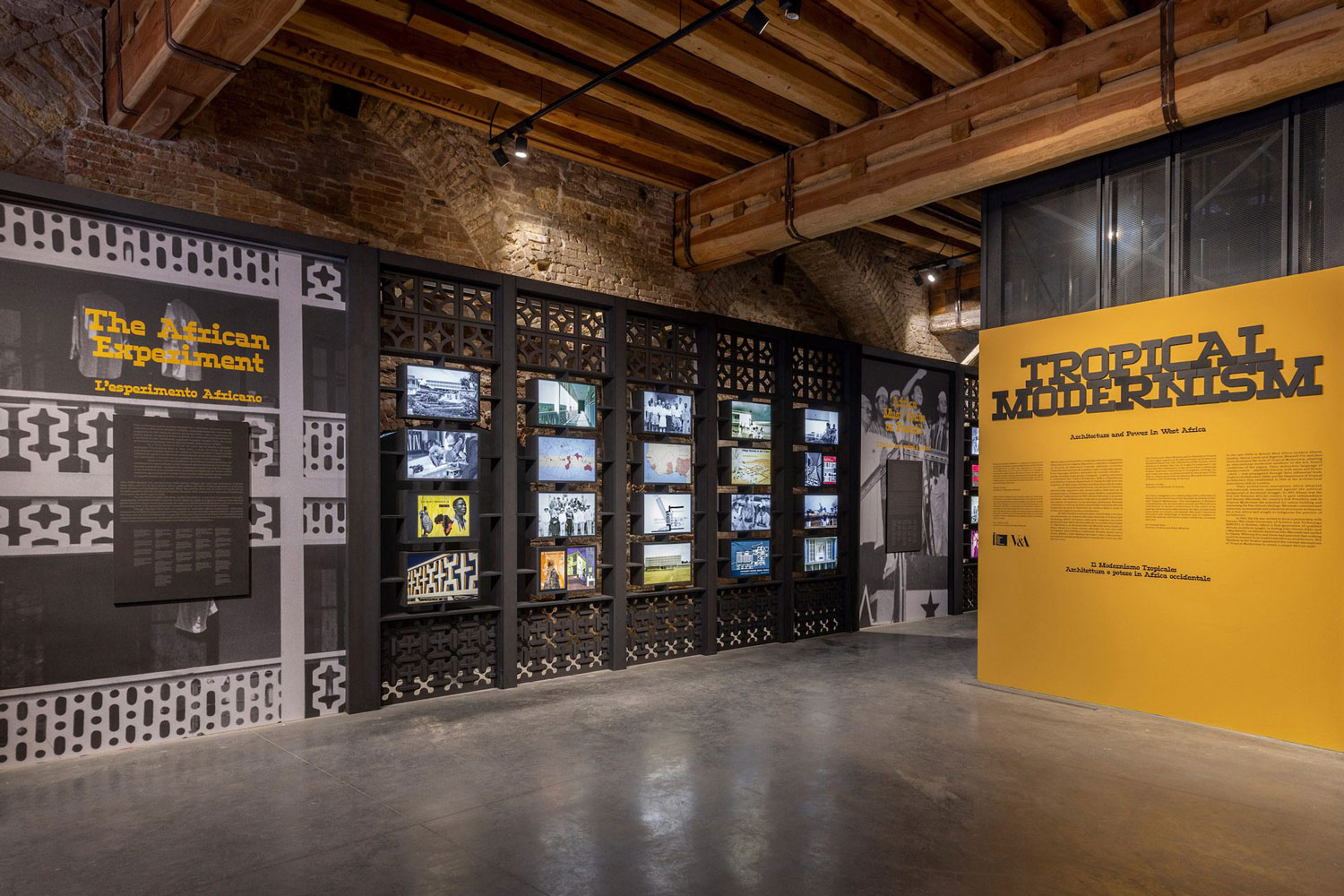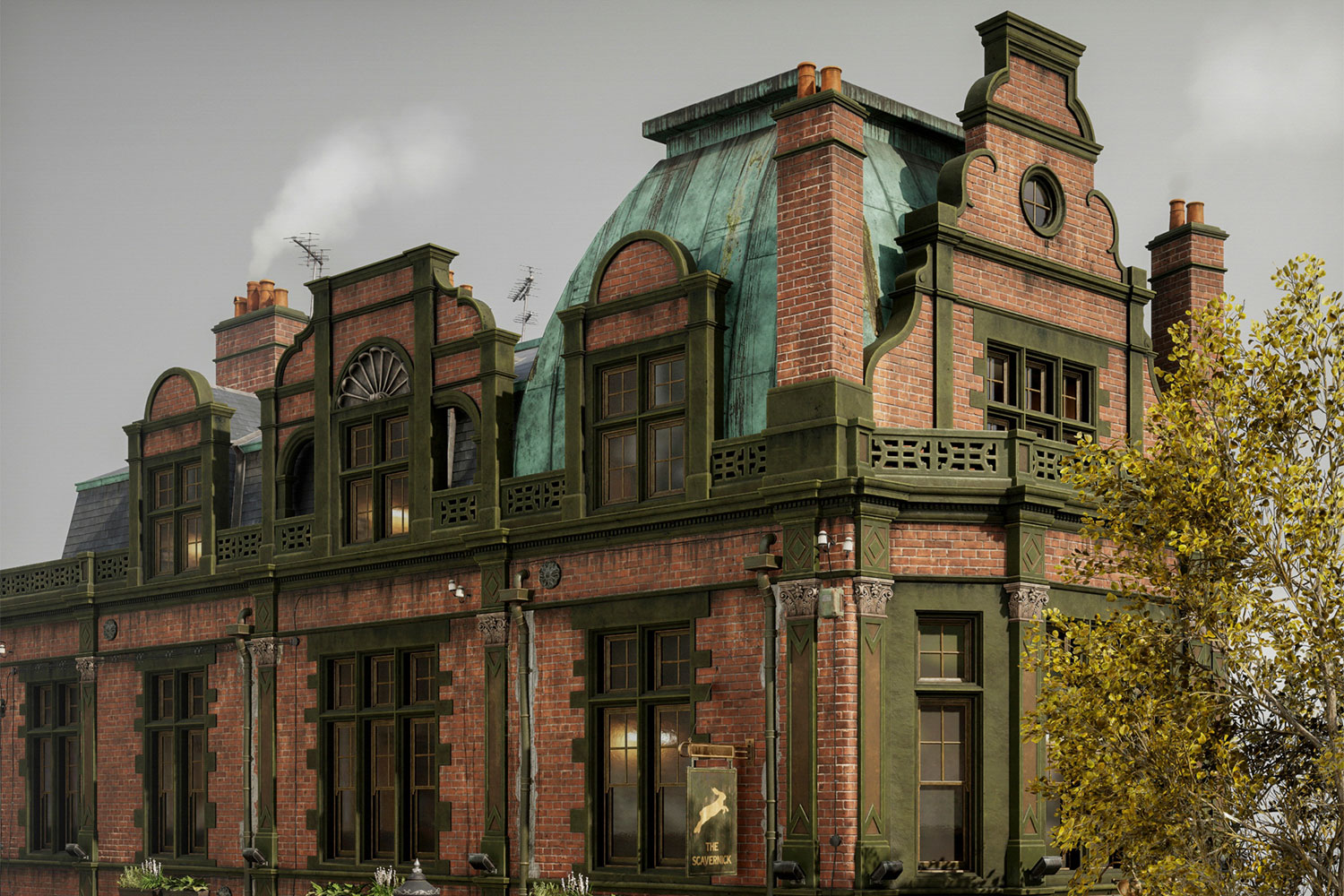
Elon Musk’s Hyperloop-an extraordinary concept that will unite cities through hyper-speed transit-has struggled to get off the ground here on Earth. It has captured the imagination of everyone across the globe, but technical, regulatory, and financial hurdles eventually drowned the dream of Hyperloop. What if the failure of the Hyperloop on Earth could be the basis for something exceptional in the new Martian environment? In rebasing Musk’s tunneling technology on the new planet, we might discover safer and far more resilient living environments designed from scratch to be robust against the challenges found only on Mars.

Why Hyperloop’s Earthly Struggles Could Be a Win for Mars
The revolutionary concept of Hyperloop was to propel passengers more than 1,000 km/h through vacuum-sealed tubes. Its earthly struggles nearly got it abandoned; first and foremost, Earth’s densely populated landscapes and infrastructure make tunneling a challenge. On top of that, prevailing regulations cause more complexity. Mars has no such limitations. There, Musk’s underground concepts could come to life—infrastructure and regulation challenges would be swapped for the imperative needs of Martian levels of radiation shielding and climate control. Tunneling on Mars is a means of transportation—and a survival imperative.

Protecting Mars Colonists from the Elements
The Martian atmosphere is thin, and the planet provides no shielding against cosmic radiation; temperatures can reach extremes that an Earthly structure typically does not have to tolerate. Underground habitats could shield colonists much better than surface structures against these dangers. Hyperloop’s pressurized tube design, which was geared to high-speed transit, holds valuable insights for managing pressure, temperature, and air quality in closed environments. Building habitats underground would in this way give Mars colonies significant shielding against cosmic and solar radiation, as well as insulation against swings in temperature.

Martian Hyperloop Tunnels as double-service life support
On Earth, Hyperloop was designing pressurized, energy-efficient pods for human transport. On Mars, these tubes would be used both for life support and housing, research labs, and food production. The modularity of the Hyperloop easily transfers into a multi-functional space on Mars, developing a scalable underground community that’s sustainable.

Construction with Boring Company Technology
The Boring Company, one of Musk’s tunneling ventures, developed tools that allow cutting through thick rock at speeds and for costs no human had ever achieved previously. These tools may prove even more indispensable on Mars, where self-sufficient machines would be essential in establishing clear tunnels for underground habitats. Equipped with such equipment, the Mars settlers could reduce the need for people in dangerous conditions, so that robots can, for instance, establish the basic infrastructure before humans arrive.
Hyperloop’s Closed Environment Applied to the Habitat on Mars
One of the core technologies around Hyperloop has been in vacuum-sealed, pressurized tubes, ensuring a controlled environment for transit. On Mars, such technology might be viewed more as a habitat since a sealed, pressurized habitat might mean all the difference between life and death there. With adaptation for Martian quarters, colonies would thereby maintain stable oxygen levels, regulate CO2, and filter out bad gases to create an even more stable indoor environment .

Can AI Overcome the Tunnel Tunnelling Challenges of Mars?
The Martian tunnels would demand not just a perfect construction but constant monitoring. AI linked systems could take the reins of stability monitoring for the tunnels, air quality monitoring, and even life support to maintain. Hyperloop has already implemented automatic checks on vacuum stability measurements that the AI could enhance while keeping the pressure and surrounding environment at optimal levels within Mars. This would be very important for habitats on Mars as the settlers will not have Earth-based repair facilities.

Food, Water, and Air in an Underground Ecosystem
On Earth, Hyperloop is going to travel at incredible speed. On the other hand, the tunnels of Mars could host life itself. According to underground agriculture, including hydroponics and aeroponics, food can be generated and developed in a symbiotic environment with the tunnels. The recycling technologies of air and water, already implemented on the Hyperloop pods, seem directly applicable to sustaining Martian colonies in an eco-friendly way for generating food and resources on the ground.

New Horizons: Tunnels of the Future Expansion and Scalability: Tunnels as Modular Living Spaces
Of course, the challenge on Earth is to scale Hyperloop with all the existing cities and landscape over hundreds of miles. Mars offers the possibility of starting over. So, perhaps the tunnelling of a Hyperloop-like structure, being scalable in modular pieces, will make it easy to add habitat sections as the population grows. Prefabricated sections could be designed and transported from Earth and assembled by automated systems. This will enable Martian settlements to grow with the increase in population.
Overcoming Material Limitations on Mars
Building on Mars requires materials to be able to withstand Martian fine dust, freezing temperatures, and continuous wear and tear. While Hyperloop did not adequately take into consideration the Earthly environmental conditions, lessons learned here could be applied to the selection of materials to be used on the Red Planet. Special composites used in designs for Hyperloop, such as light and durable but resistant to Martian dust, would help create long-lived underground tunnels protecting from the harsh weather of the Red Planet.

Define Hyperloop as the lifeline linking Mars
Though the idea of changing the way transport happens on Earth via Hyperloop is dead, it provides an opportunity for a further development process on Mars. By converting the underground, pressurized designs of Hyperloop to Martian architecture, Musk might redefine space colonization. The first Earth commuters were once housed in commuting tunnels in space; now, they serve as the first human habitats on another planet, demonstrating that even a “failure” can turn into a breakthrough in its new context.
Could Tunneling be a Sign of the Next Phase of Space Architecture?
Using existing Hyperloop and Boring Company technologies, humanity might pioneer safe and sustainable underground habitats on Mars. The failures of Hyperloop on Earth prove how contextually appropriate innovation is; what does not work for Earth’s infrastructure might work perfectly for that of Mars. Under Mars as an architecture to space is indeed rather radical, giving a glimpse of the future: Mars, which might just be not just a target to explore but a feasible second home.

Hyperloop’s Legacy on Mars
While Elon Musk‘s Hyperloop might not stand the test of time down here on Earth, it has potential for being reborn as an access key to safe, sustainable Martian living. Such subterranean habitats, as inspired by this technology, offer a realistic way to shelter future colonizers of Mars from harsh elements while creating foundations for long-term, sustainable colonies. By developing the very concept that was meant by Hyperloop, humanity may turn Mars into a living planet-one tunnel at a time.
The challenges Hyperloop faces on Earth are only a huge learning opportunity when it comes to the infrastructure of how to thrive below Martian surface as we look forward to possibilities. From its beginning in a dream of high-speed transit, Hyperloop could thus be the bedrock of Martian colonization and could sometimes prove that ideas find their true purpose far beyond their originally established scope.
Now Stay Ahead with PAACADEMY
Check out the workshops at PAACADEMY-these are a good way to get your hands on the latest digital design tools. The industry experts leading the sessions are here to help you keep your edge sharp and inspired in this ever-changing field.


















Leave a comment